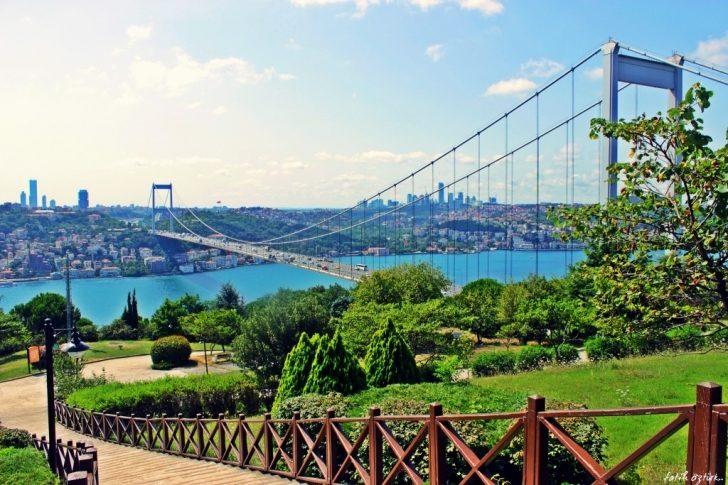Bakırköy is a suburb which has features of being sea side and of being historical district based on too past. Also, Bakırköy was the largest district which has largest surface area until 1989, however, Küçükçekmece has left the Bakırköy first and became a district. Then Bahçelievler, Bağcılar and Güngören became districts of Istanbul. After these events, Bakırköy was seriously degraded and the population was decreased drastically.

After giving general knowledge about the county, we mention the history of Bakırköy which is important for Istanbul because the county has been protected for Byzantine Era. During Byzantine Era, Bakırköy was the center of military and political and in these times the name of district was Hebdomon. Later, several times the name was changed such as Jeptimun, Makrohori, Makriköy and in 1925 Makriköy, which was called in Ottoman Empire Era, was changed as Bakırköy in the Republic of Turkey Period. Yeşilköy (green village), where the name was Ayastefanos in ancient time, was under the occupation of the Russian that caused seriously the deterioration of structure. In addition, one of the most important events was the French occupation. After the War of Salvation, occupation had been removed and the county was taken the first step to the Republic, therefore, the most important and historical places are located in Yeşilköy, with old name in Ayastefanos.
The economy of Bakırköy is based on industry and trade. Commercial shopping centers of Bakırköy which provide the needs of people are Galleria, Carousel, Town Center, Capacity and Marmara Forum. There are also many classrooms and special schools that caused to increase the level of social life and culture as well as mobility and commercial life. These keep alive the county. You should visit Bakırköy to witness of historical heritage.


















